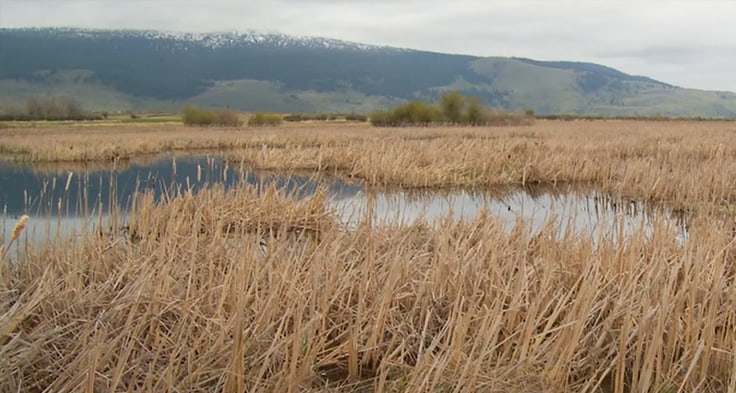CONSTRUCTION IS UNDERWAY
As of July 2025, the Redmond Wetlands Complex has moved from planning to construction. Over the next two and half years, crews will bring this project to life, building the new facility and installing the interceptor line that will connect to the City’s existing treatment plant.
PROJECT STATUS
BACKGROUND
For 45 years, the City of Redmond has utilized the Effluent and Biosolids Complex—a 610-acre property northwest of the city—to manage and reuse all of Redmond’s treated wastewater effluent and biosolids. Initially treated at the Water Pollution Control Facility (WPCF) at the north end of the Dry Canyon, the treated effluent is then sent to this facility for beneficial reuse and discharge.
Since the last major WPCF expansion in 2000, the population of Redmond and the surrounding area has grown significantly. As this growth continues, expanding the treatment facilities has become vital to meet future needs.

Wetland & Pipe Yard – October 2025







